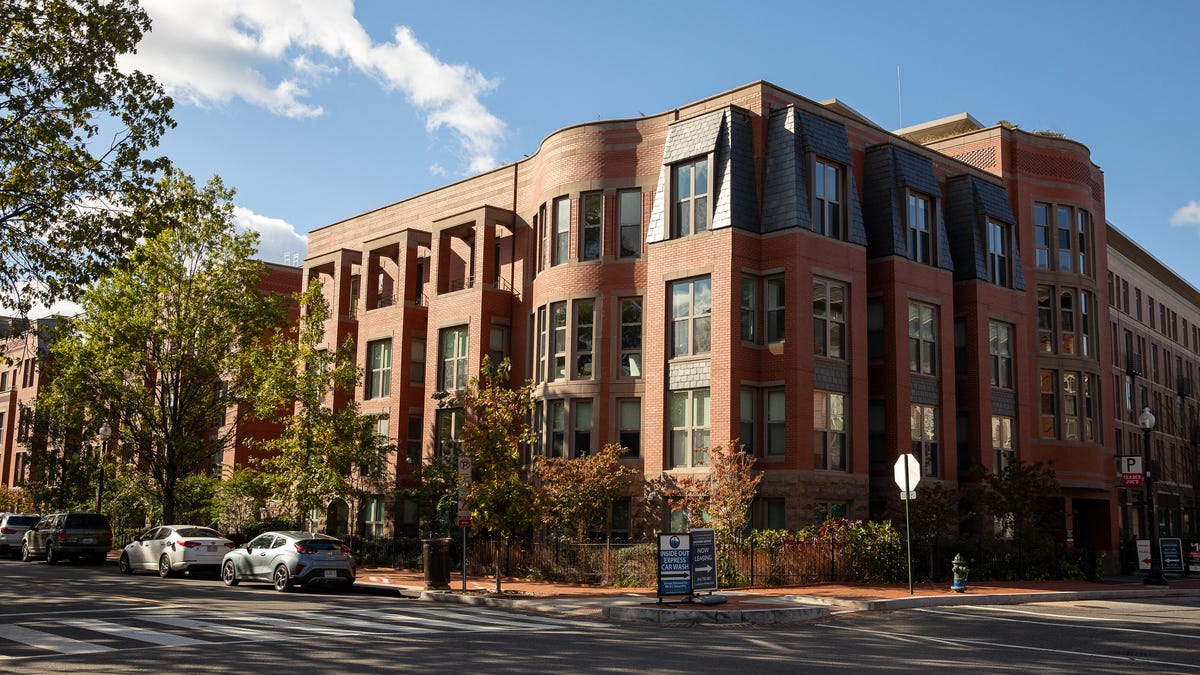
Some key mortgage rates saw an increase over the last seven days. The average interest rates for both 15-year fixed and 30-year fixed mortgage rates crept higher. We also saw an upward trend in the average rate of 5/1 adjustable-rate mortgages.
In March 2022, the Federal Reserve stepped in to combat surging inflation by hiking its key interest rate. Mortgage rates, which are not set by the central bank but are indirectly influenced by rate hikes, increased alongside. After hiking interest rates 11 times since last year, the Federal Reserve opted to skip another increase during its September meeting. However, the Fed hasn’t ruled out the possibility of additional increases if inflation doesn’t continue to moderate.
About these rates: Like CNET, Bankrate is owned by Red Ventures. This tool features partner rates from lenders that you can use when comparing multiple mortgage rates.
While inflation has dropped from its record highs, it’s still above target. That means the Fed could continue to raise rates as it sees fit to increase the cost of borrowing and slow down the economy.
Progress on inflation and other key economic indicators may ease some of the upward pressure on mortgage rates. But if future inflation data comes in hotter than expected and the Fed chooses to hike rates further, mortgage rates could keep going up in 2023.
Fluctuations in the mortgage and housing markets are always going to happen. That’s why experts say it’s a good idea for homebuyers to focus on what they can control: getting the best rate for their financial situation.
To increase your odds of qualifying for the lowest rate available, take steps to improve your credit score and save for a down payment. Also, be sure to look at the annual percentage rate, or APR, which reflects the mortgage interest rate plus other borrowing charges. By looking at the total cost of borrowing from multiple lenders, you can make a more accurate apples-to-apples comparison.
30-year fixed-rate mortgages
For a 30-year, fixed-rate mortgage, the average rate you’ll pay is 7.74%, which is a growth of 10 basis points from seven days ago. (A basis point is equivalent to 0.01%.) Thirty-year fixed mortgages are the most common loan term. A 30-year fixed rate mortgage will usually have a lower monthly payment than a 15-year one — but typically a higher interest rate. You won’t be able to pay off your house as quickly and you’ll pay more interest over time, but a 30-year fixed mortgage is a good option if you’re looking to minimize your monthly payment.
15-year fixed-rate mortgages
The average rate for a 15-year, fixed mortgage is 6.90%, which is an increase of 4 basis points from seven days ago. You’ll definitely have a larger monthly payment with a 15-year fixed mortgage compared to a 30-year fixed mortgage, even if the interest rate and loan amount are the same. However, if you can afford the monthly payments, there are several benefits to a 15-year loan. These include usually being able to get a lower interest rate, paying off your mortgage sooner, and paying less total interest in the long run.
5/1 adjustable-rate mortgages
A 5/1 adjustable-rate mortgage has an average rate of 6.65%, an uptick of 4 basis points compared to a week ago. With an ARM mortgage, you’ll typically get a lower interest rate than a 30-year fixed mortgage for the first five years. But you could end up paying more after that time, depending on the terms of your loan and how the rate shifts with the market rate. For borrowers who plan to sell or refinance their house before the rate changes, an adjustable-rate mortgage may be a good option. Otherwise, changes in the market mean your interest rate might be significantly higher once the rate adjusts.
In order for that to happen, though, Sykes says we need to see inflation pull back on a consistent basis for at least four to six readings. If the federal funds rate remains steady, that should also help stabilize mortgage rates going into 2024.
